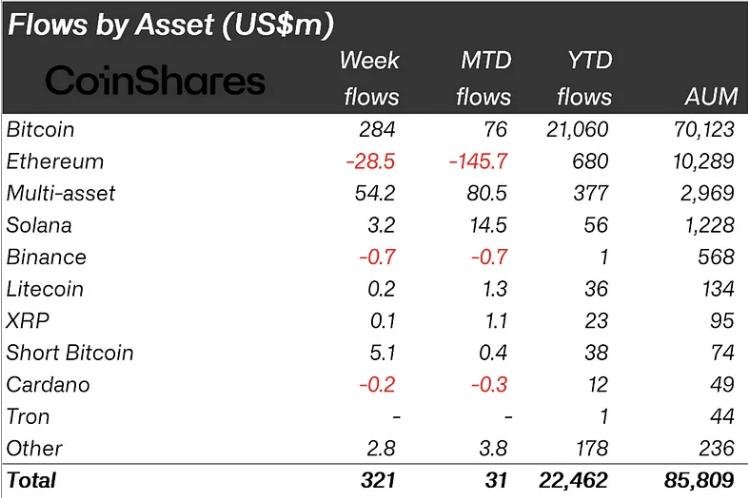Summary
Blockchain infrastructure company, Hyve has released a Data Availability Protocol, HyveDa. This project aims to provide faster services with throughput of 1 gigabyte per second, which is 100 times faster than current solutions.Revolutionizing Data Availability
Protocols like HyveDa are crucial for decentralized applications to get reliable and necessary data without being controlled by centralized system. HyveDa offers high speed permissionless network connections where anyone can join without approval, which removes the bottleneck of decentralized system also enhancing scalability and decentralization.
Scaling for High-Volume Applications
Currently capable of 1 GB/s, Hyve plans to scale HyveDA’s throughput to 50 GB/s as the network expands. This positions the protocol to handle data-heavy applications such as artificial intelligence, decentralized finance, and Web3 gaming. Its permissionless design aligns with the core principles of decentralized ecosystems, providing flexibility and accessibility.
Strategic Partnerships and Funding
HyveDa is in mutually beneficial relationship ecosystem aiming for reliable security. Hyve raised $1.15 million in pre-seed funding, to grow and improve its team, enhance layer-2 blockchain system and other platforms. This project aims to solve digital challenges related to large scale data handling in decentralized system.
Future Outlook
HyveDa is showing a great promise in blockchain environment but it’s real success will be determined by it’s scalibility in real world environment. It provides High speed permissionless network which does solve network issues but might cause security problems as anyone can access data without approval. However, the protocol’s focus of handling high-throughput, data intensive applications puts it in positive blockchain space.




